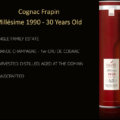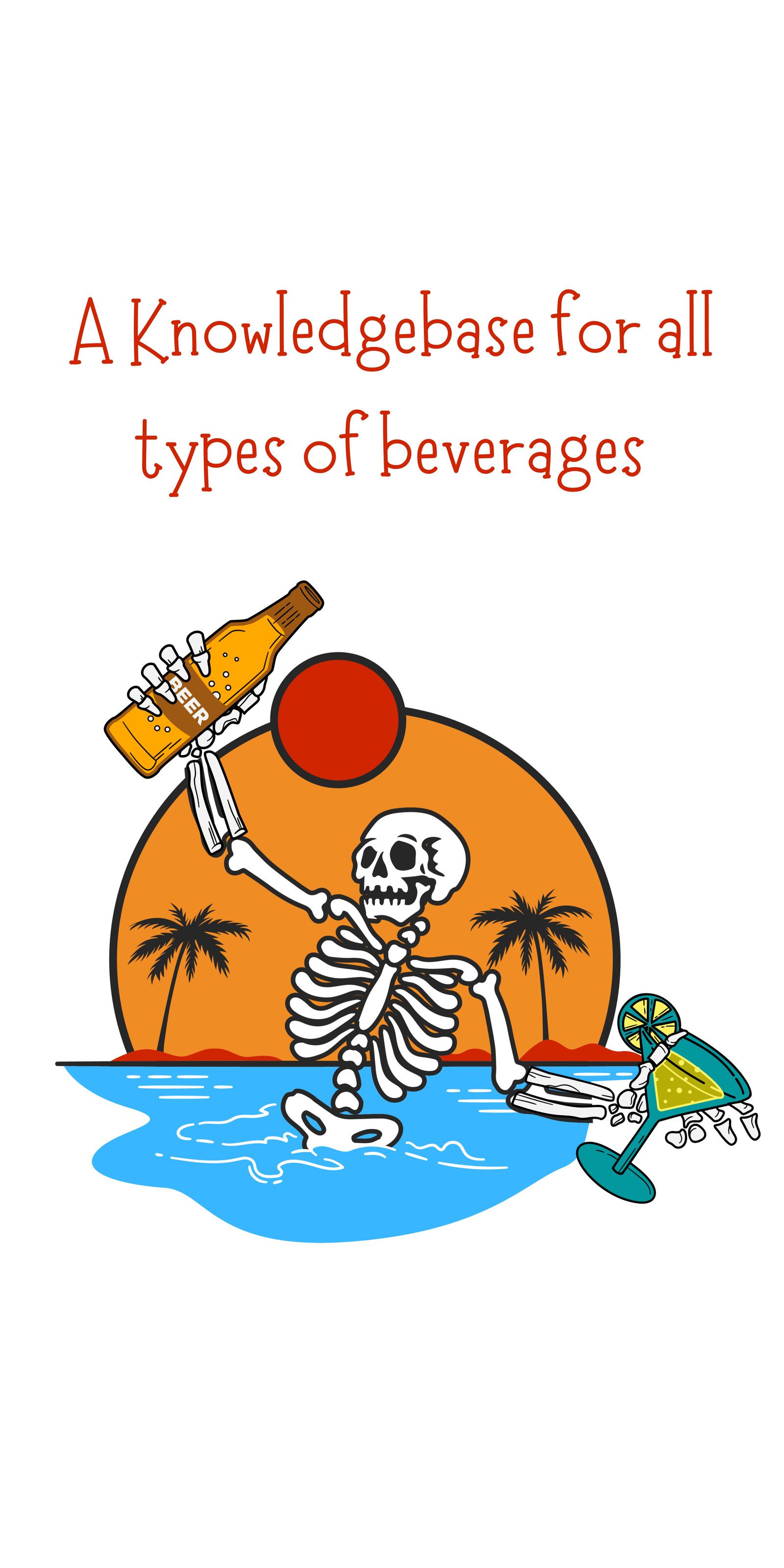Traditional ginger beer is a sweetened and carbonated, usually non-alcoholic beverage. It is produced by the natural fermentation of prepared ginger spice, yeast and sugar.
Its origins date from the colonial spice trade with the Orient and the sugar-producing islands of the Caribbean. It was popular in Britain and its colonies from the 18th century. Other spices were variously added and any alcohol content was limited to 2% by excise tax laws in 1855. Few brewers have maintained an alcoholic product.
Current ginger beers are often manufactured rather than brewed, frequently with flavor and color additives. Ginger ales are not brewed.
Ginger beer is still produced at home using a symbiotic colony of yeast and a Lactobacillus (bacteria) known as a “ginger beer plant” or from a “ginger bug” starter created from fermenting ginger, sugar, and water.
Ginger beer used to be alcoholic but now its is usually non -alcoholic beverage used for mixing and cocktails


How Is it Made?
Ginger has been popular since forever. Maybe that’s an exaggeration, but we are talking 500 BC, where ginger was used in medicine and as a flavoring food in Ancient China and India.
During the Victorian era, ginger was also used to brew an alcoholic beverage called ‘’ginger beer’’. This will mean, that this ginger beer originated in Yorkshire in England in the mid-18th century. Here from it became popular in the United States, Ireland, Canada, and South Africa.
The British army brought the beverage to the Ionian Island in the 19th century. Today, it is still made as a local speciality known as tsitsibíra by villagers in rural Corfu.
![]()
![]()
Ginger beer plant
This ginger beer plant is shortened GBP and is also known as; bees wine, Palestinian bees, Californian bees, and balm of Gilead. Yes, a rose by any other name would smell as sweet.
But, this is not something you would consider a normal plant. It’s more like organisms that consist of the yeast Saccharomyces florentines and the bacterium Lactobacillus hilgardii. These two forms a symbiotic culture of bacteria and yeast. This is called SCOBY.
It will convert a gelatinous substance that is more easily transferred from one fermenting substance to the next. This is pretty smart, but when was it invented, and by who, you might ask? The answer is Harry Marshall Ward. He was the first do describe GBP in 1892.
Originally ginger beer is brewed by leaving water, sugar, ginger, optional spices (such as lemon juice), and GBP to ferment for days. This is done to convert a part of the sugar into alcohol.
The origins of the original ginger beer plant are unknown in the UK. When ginger beer was made using som GBP, the jelly-like residue was bottled and became the new GBP.
Some of the GBP was used to the next ginger beer batch, and some were given to friends and family. In this way, the GBP was passed on through generations.
Ginger beer plant can be made by fermenting a mixture of water, yeast (brewer’s or baker’s), ginger, and sugar. This mixture will be stored for at least a week, with sugar regularly added to increase the alcohol content.
It’s also possible to add more ginger. After fermenting, the concentrated mix is strained, diluted with water and lemon juice, and then bottled.










